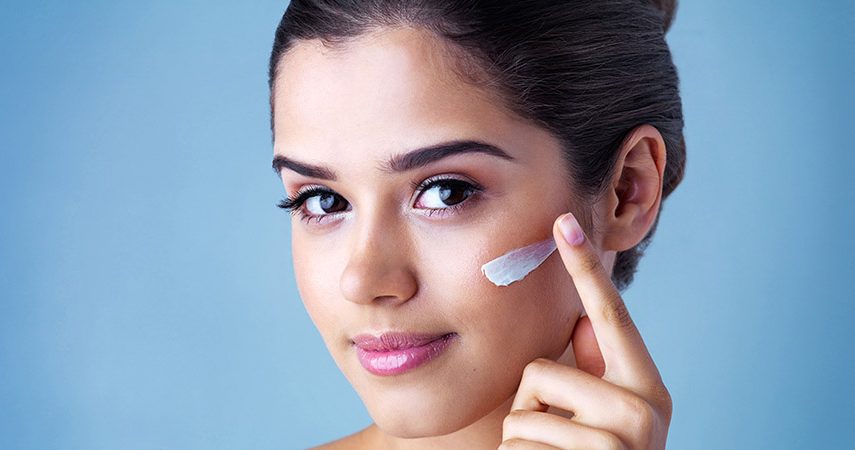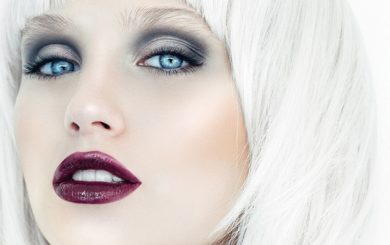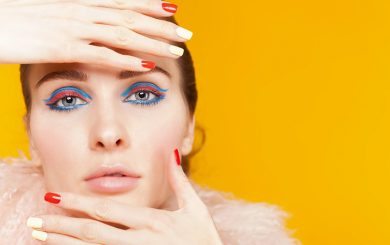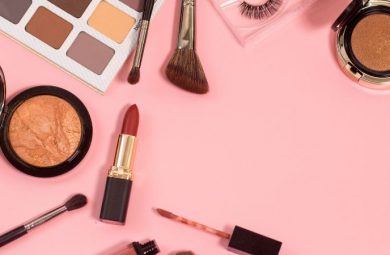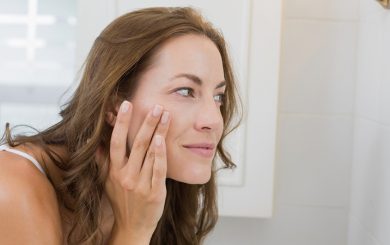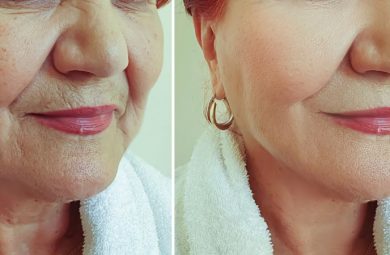You’ve heard this song a thousand times, retinol is good for your skin, retinol combats signs of aging, retinol is the liquid gold of the cosmetics industry, but what is it exactly? No one ever taught us that in school, so let’s dig right into it!
What Is Retinol?
Retinol is indeed the golden ingredient essential in the cosmetic products. It is a form of Vitamin A that can boost the amount of collagen in your skin and body, making it plump and reducing wrinkles and fine lines. It can also improve the tone and patchiness of the skin and treat acne.
Retinol can speed up the skin cell turnover, which slows down after mid-thirties, which makes the skin tighter and reduces the appearance of fine lines.
How Does Retinol Work?
When you apply the retinol-containing product to your skin, the body metabolizes it and converts it into retinoic acid. This acid helps promote collagen production, removes the dead skin cells on the surface of the skin, boosts cell turnover, plumps your fine lines and wrinkles, and makes your skin look younger and fresher.
Even though we know retinol by one name, there are many varieties of it, depending on its strength. The weakest one of retinoids (Vitamin A derivatives) is retinyl palmitate, then we have retinol, which is the most tolerable one, retinaldehyde, adapalene, formulated to treat acne and other skin imperfections, and prescription-only tretinoin – the strongest retinoid you can get, but also one which can cause most irritation.
What Is Retinol Made Of?
Retinol is a form of Vitamin A. It can be found in food and used as a dietary supplement to treat vitamin A deficiency. It is essential for good eyesight, healthy skin, and general development of the body.
Usually, it is derived from animals and can be found in some foods such as eggs, dairy, liver, and cod liver oil, as well as carrots, broccoli, and sweet potato. Vegetarians and vegans should look for retinol products labeled as carotenoids, plant-derived retinol.
Which Retinoid to Choose?
When starting with retinol and other retinoids, a good rule is to start with the weakest one and move your way up to the stronger versions. You can begin using retinyl palmitate, especially if you have dry or sensitive skin, or retinol if your skin is normal, combination, or oily. After about a year, you can move up to the stronger versions.
Related Search Topics (Ads)
Related Products
Do You Need a Prescription for Retinol?
For most of the retinoids, you do not need a prescription to get them. There are many over-the-counter creams, serums, and other products you can buy and use, with caution, of course.
Retin-A, the purest form of vitamin A is made in labs only, and it is also a prescription-only retinoid you can get. It is the strongest and the most potent, but also the most irritating, especially if used not in accordance with the instructions. This prescription Retin-A works fast because it is already in the retinoic acid form, so your body does not have to spend the time to metabolize it and convert it, that part of the job is already done.
Retin-A and other tretinoin products work in as little as six weeks, according to the studies, while other retinol products need more time to work, but they still show results over time. The key is to be persistent and not give up.
Retinol Serum vs. Cream
Choosing between a serum and a cream is not easy. Which one should you choose? Serum surely sounds more professional and stronger, but will it be too harsh for your skin? Will creams give you the results you need?
In most cases, retinol creams contain moisturizing ingredients and can do wonders for dry or sensitive skin. However, some of these ingredients can clog the pores and cause issues, especially for acne prone skin, so always read the labels carefully when choosing the cream.
On the other hand, serums, or most of them, are water-based. Usually, they contain higher amounts of the active ingredient, in this case, retinol, and are generally very thin and do not leave a sticky residue on the skin. This is great for acne-prone or oily skin, or for people who already have a favorite moisturizer and do not feel like swapping it for a retinol-rich one.
How to Apply Retinol
The application process will depend on your actual routine and the retinol product you are using. If your choice of retinol is serum, apply it right after you cleanse your face and then use your regular moisturizer after it. If you are using cream version, it will probably already contain moisturizing agents and will not require additional packing of creams on your face.
One thing to remember is – always, and we mean, always apply retinol before you go to bed. Retinol is a highly reactive molecule that loses its potency and breaks down when exposed to sunlight. You will notice that products that contain retinol are always in opaque packaging, to prevent them from spoiling.
If you are new to retinol products, use small amounts first and gradually introduce more. Start with one pea-sized dollop or drop of serum once a week, then twice a week for two weeks, three times a week for three weeks, and then use it every other day, or night better yet. Make sure to apply sunscreen in the morning! But you already know that.
In about twelve weeks, you should start seeing results, so be patient and stick with your retinol product for at least that long.

